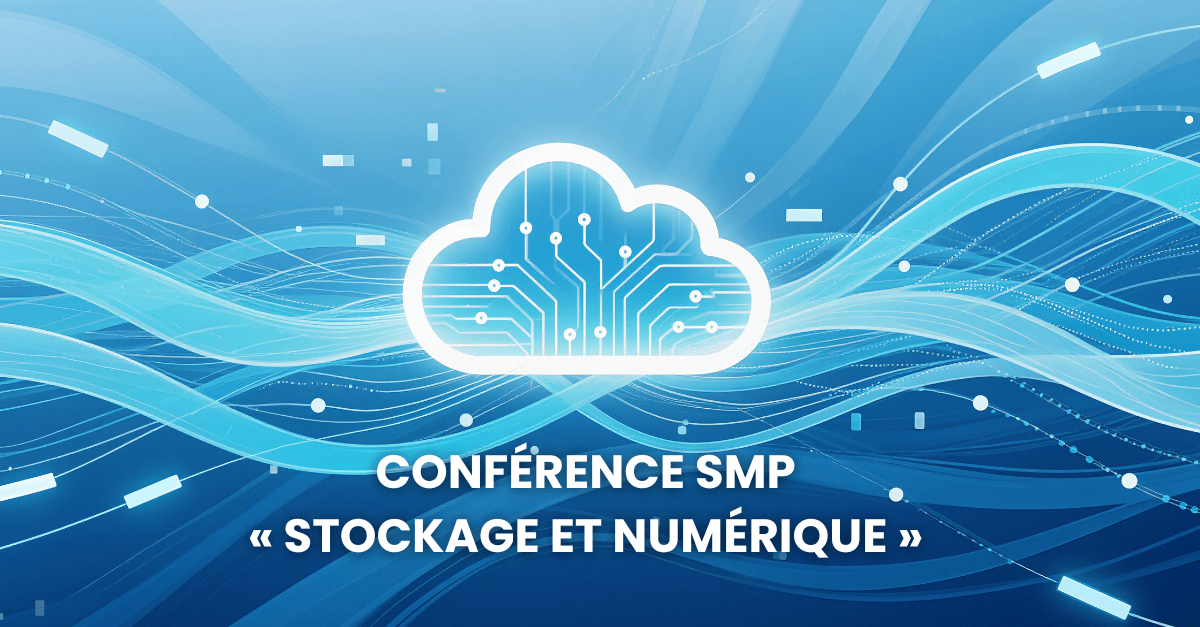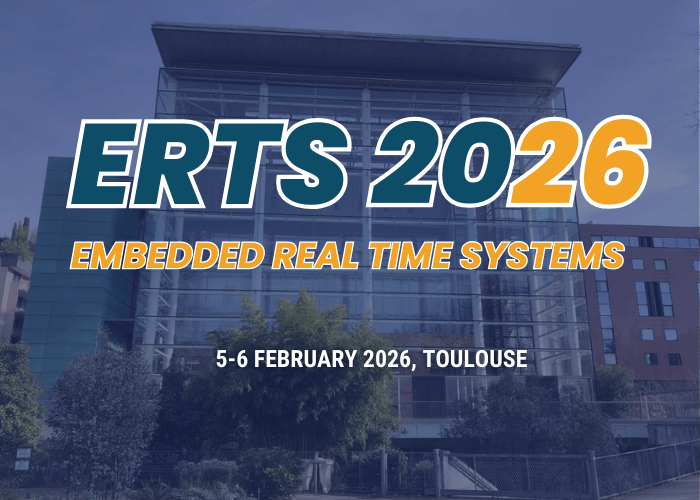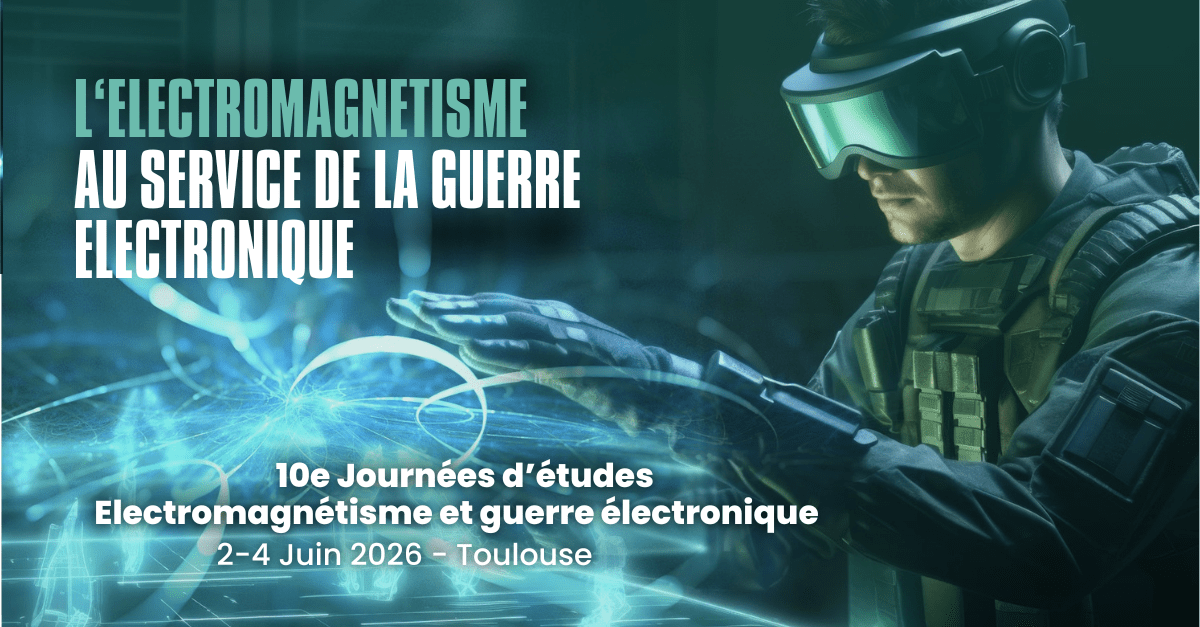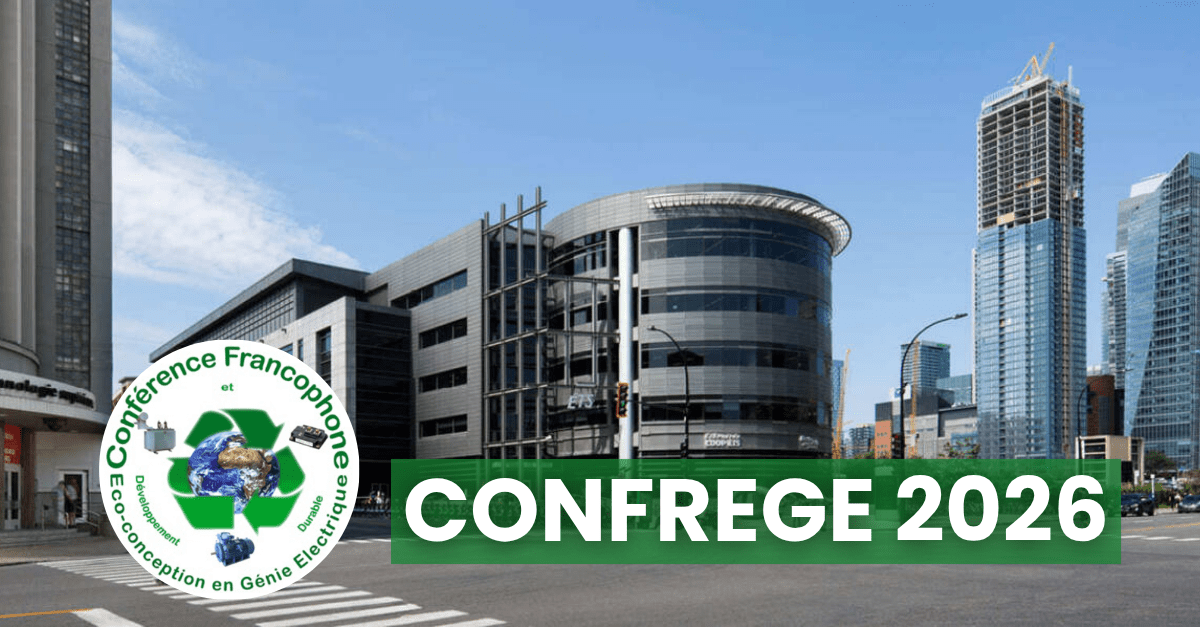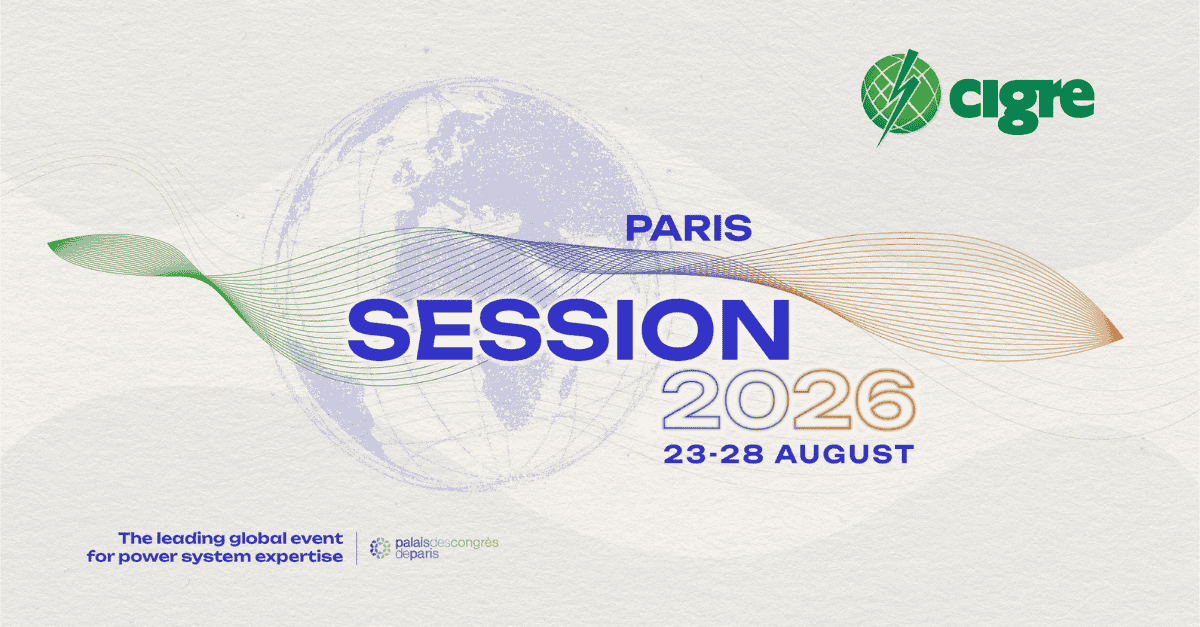CAHIER AZUR – CONFÉRENCE RADAR
Les radars confèrent aux êtres humains les capacités des chauves-souris ou des dauphins : détecter et localiser en distance les obstacles, les cibles ou les objets d’intérêt de jour comme de nuit, quelles que soient les conditions météorologiques. Les distances peuvent être très proches (quelques centimètres à quelques mètres) comme très lointaines (quelques centaines à quelques milliers de centaines de kilomètres) en fonction des applications.

